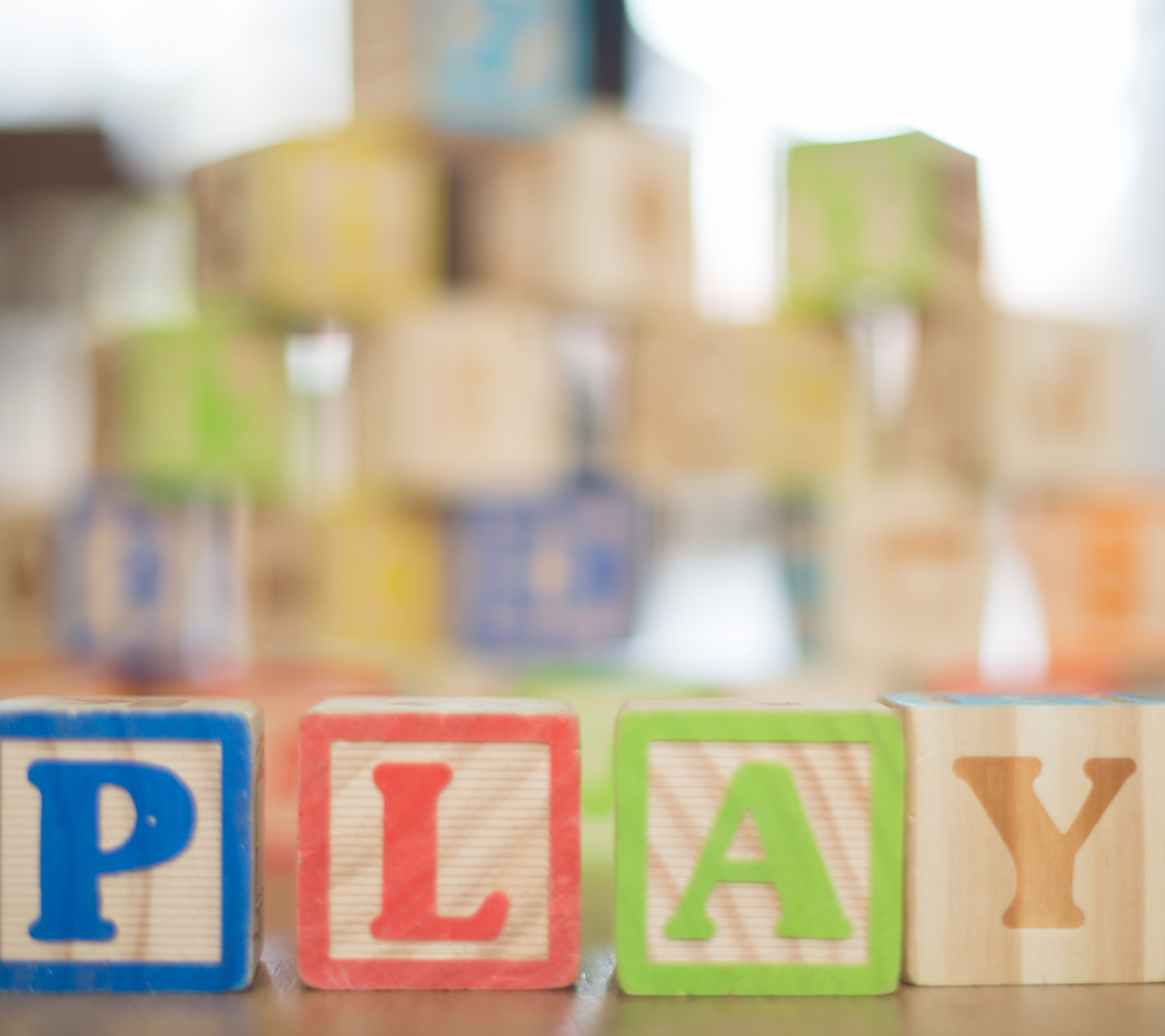

Children learn so much through play. This is often why speech therapy includes play-based activities, such as a variety of games and toys, while targeting articulation and language goals. Playing with a child can easily present repetitions of words, phrases, gestures, and engagement while learning and having fun together.
According to The Hanen Centre’s ‘It Takes Two to Talk’ early language program (2018), there are three stages of play. This blog will focus on the first stage of play development, functional play. There will be two additional blogs in this series which will include the remaining two stages of play development: constructive play and pretend play.
Functional play is the first stage of play that is developed. It quite literally demonstrates play that is functional. This includes exploring an environment and engaging in back-and-forth interactions with others. A child may be observed to explore objects by bringing them into their mouth, shaking a toy, and learning about the object through sight and sense of touch. Children at this level of play are likely loving rattles and touch-and-feel soft/crinkle books. Further functional play skills include children playing with cause-and-effect toys (think of a jack-in-the-box and pop-up toys). This play skill can be demonstrated with stacking cups, too, with the established perspective, “this cup fits in this bigger cup,” and the problem-solving used to successfully fit a set of cups together. Children with higher mastery of functional play will often explore their environment in a more advanced way by running, climbing, and jumping. They will play with objects in practical ways, such as rolling a ball or pushing a train.
It is important to identify how often the child demonstrates functional play skills because you want to play with them at the level they are emerging skills in, or slightly above the skills they are demonstrating mastery of. For example, if a child is using a silicon teething toy that is shaped like an animal by only banging it, you could try to expand this play by hiding it under a container. You could show them a peek of the toy sticking out to prompt them to look for the rest of it. If you play with the toy by pretending to feed the animal, it would be unlikely that the child would imitate this higher level of functional play at that time because they were simply using the object for exploration of their senses.
We would be happy to review additional examples of functional play with you, so please reach out with any questions you may have! Stay tuned for blogs discussing the stages of constructive play and pretend play in the coming weeks.
-Lauren